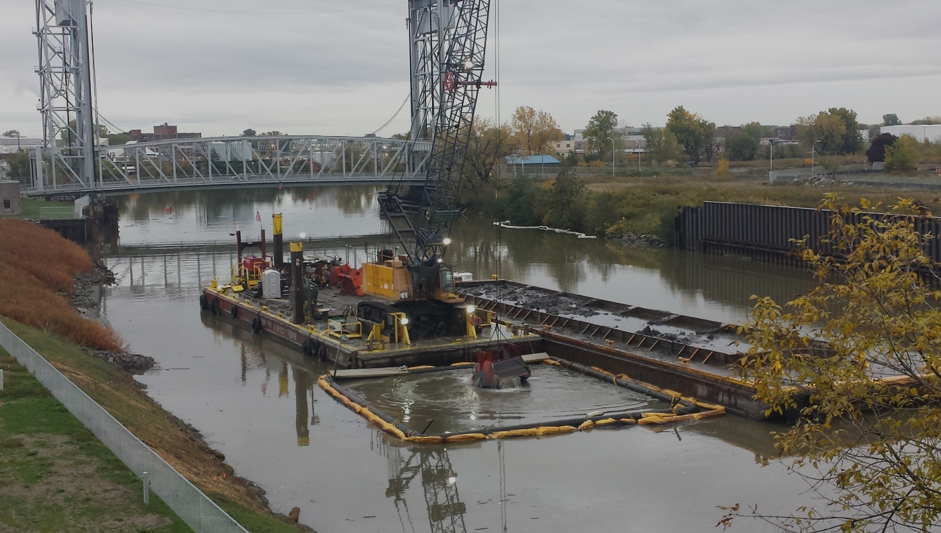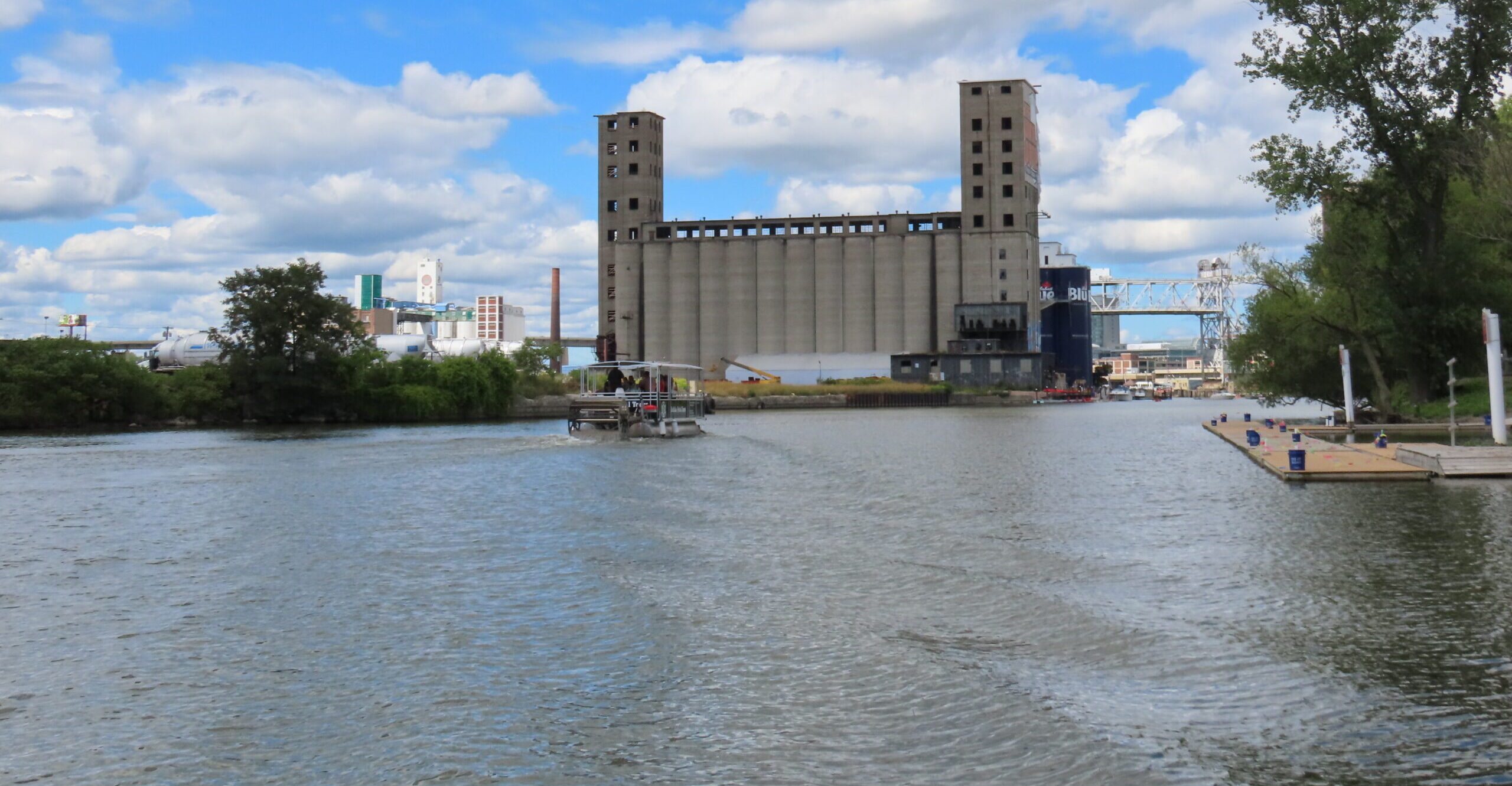The Degradation of Benthos Beneficial Use Impairment (BUI) has been removed at the Buffalo River Area Of Concern (AOC). This BUI removal was achieved through extensive sediment remediation work, which reduced sediment toxicity to levels that are no longer harmful to benthic organisms in the river.
Together with the New York State Department of Environmental Conservation (NYSDEC), Erie County, Buffalo Niagara Waterkeeper and the Buffalo River Remedial Advisory Committee (BRRAC), the U.S. EPA announces the removal of the Degradation of Benthos Beneficial Use Impairment (BUI) at the Buffalo River Area of Concern (AOC). This BUI was removed on September 5th, 2023. BUIs are designations listed in the 1987 amendment to the Great Lakes Water Quality Agreement that represent different types of significant environmental degradation. The GLRI provided significant funding for the remediation work required to remove this BUI.

The Buffalo River AOC has been significantly altered from its natural state by industrial activity and suffered a number of ecological impairments as a result. From the late 1800s through 1980s, contaminants leaching and being discharged into the river from industrial facilities led to high sediment toxicity within the AOC, and navigational dredging altered the structure of the Buffalo River from a shallow river to a deeper, lake-like habitat. The benthic organism community, or benthos, within the Buffalo River AOC was low in diversity and abundance, likely caused by exposure to toxic sediments and alterations to the benthic habitat.

The Buffalo River Restoration Partnership Coordination Team was formed in 2007 by US EPA, NYSDEC, Buffalo Niagara Waterkeeper, US Army Corps of Engineers (USACE), the City of Buffalo, and Honeywell, Inc. This team developed and implemented the remedial actions required to address the impaired benthos in the Buffalo River AOC. To resolve issues with sediment toxicity, practices were first implemented to control sources of contamination at active industrial sites to prevent further contamination in the AOC. Additionally, more than a million cubic yards of contaminated sediments were dredged and removed from the river and a clean ‘cap’ was strategically placed on top of several dredged areas to prevent the potential residual contaminants from becoming re-suspended in the water.
The US Geological Survey and USACE conducted assessments after dredging and capping was completed to measure the effects on benthic organisms of exposure to sediment in the remediated areas. Results of these assessments showed that the remedial action successfully reduced sediment toxicity so that it is no longer limiting to growth and survival of benthic invertebrates. Additionally, when compared to long-term data, recent surveys of the benthos show improvements in diversity and abundance since the BUI was first designated as impaired. These toxicity data satisfy the criteria for removing this BUI. The Degradation of Benthos BUI is the fifth to be removed in the Buffalo River AOC, and only four BUIs remain.
The New York State Department of Environmental Conservation (DEC) and Buffalo Niagara Waterkeeper held a virtual outreach on Zoom on Wednesday, May 24, 2023 at 6 p.m. to update the public about ongoing efforts to restore natural resources in the Buffalo River Area of Concern (AOC) and the proposed removal of the ‘BUI 6: Degradation of Benthos’ (BUI).
Buffalo Niagara Waterkeeper, in partnership with Erie County and DEC, coordinates these restoration efforts under the Buffalo River AOC Remedial Action Plan (RAP).
The video has been uploaded to YouTube and can be seen below.
The Buffalo River AOC is located in the City of Buffalo, Erie County, and includes the historically industrialized portion of the river beginning at its mouth (where it outlets to Lake Erie), and continuing upstream approximately six miles to the Bailey Avenue bridge.
The Degradation of Benthos BUI was originally designated as impaired in the 1980s due to low diversity and abundance of the benthic macroinvertebrate community and evidence of sediment toxicity. Extensive sediment toxicity and benthic community assessments completed after the removal of contaminated sediments in the river indicate no impairment to benthic organisms due to sediment contamination currently exist, and that the criteria established to remove the Degradation of Benthos BUI have been met.
A draft report, which details the completed actions and assessments supporting the BUI removal, is available below.
For more information on the Buffalo River Area of Concern, visit U.S. EPA and our websites.




